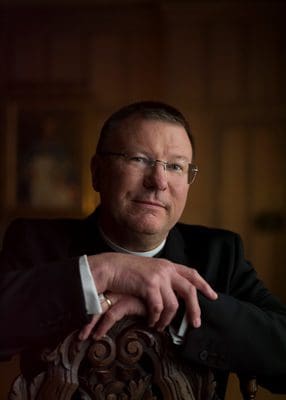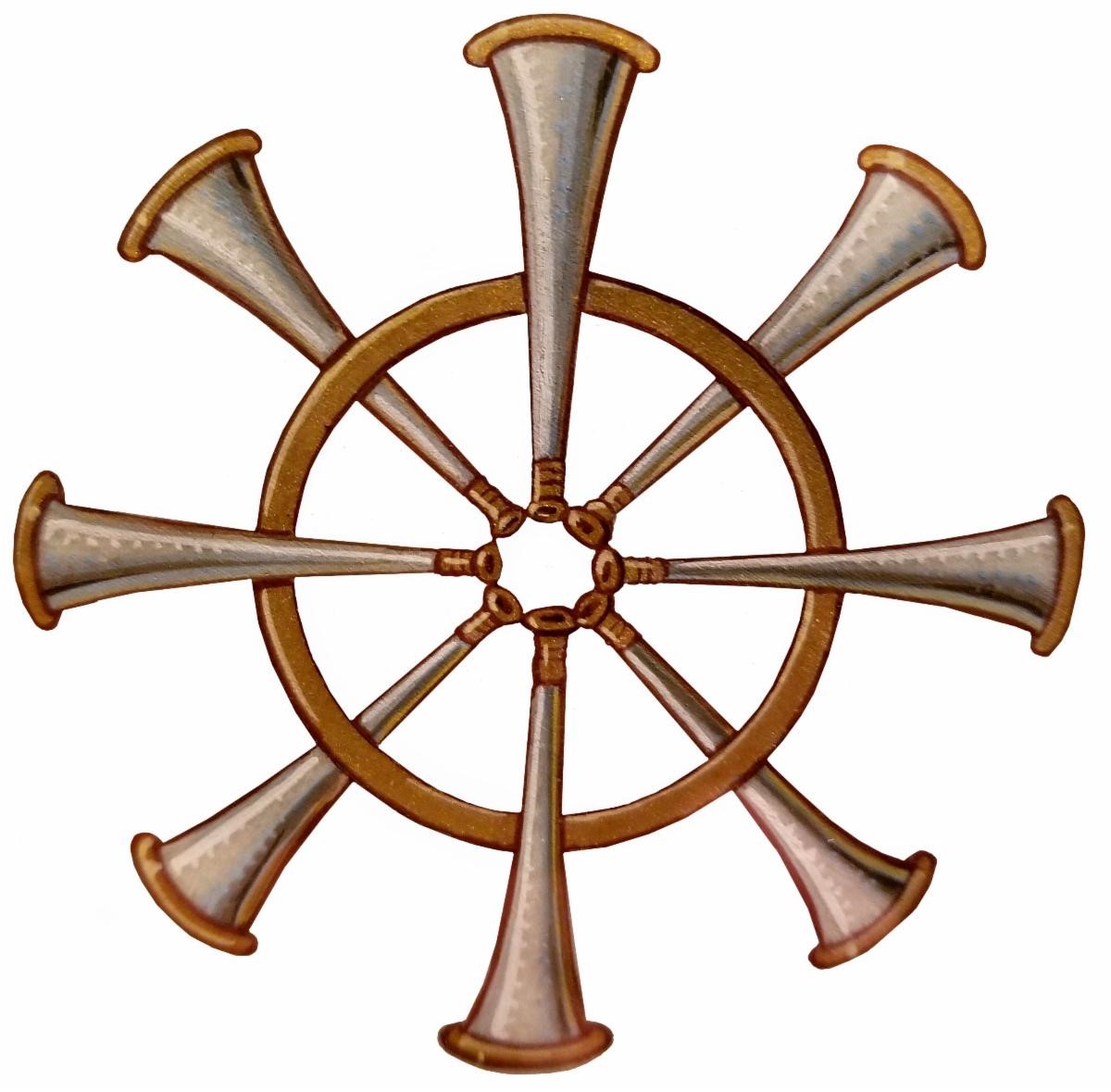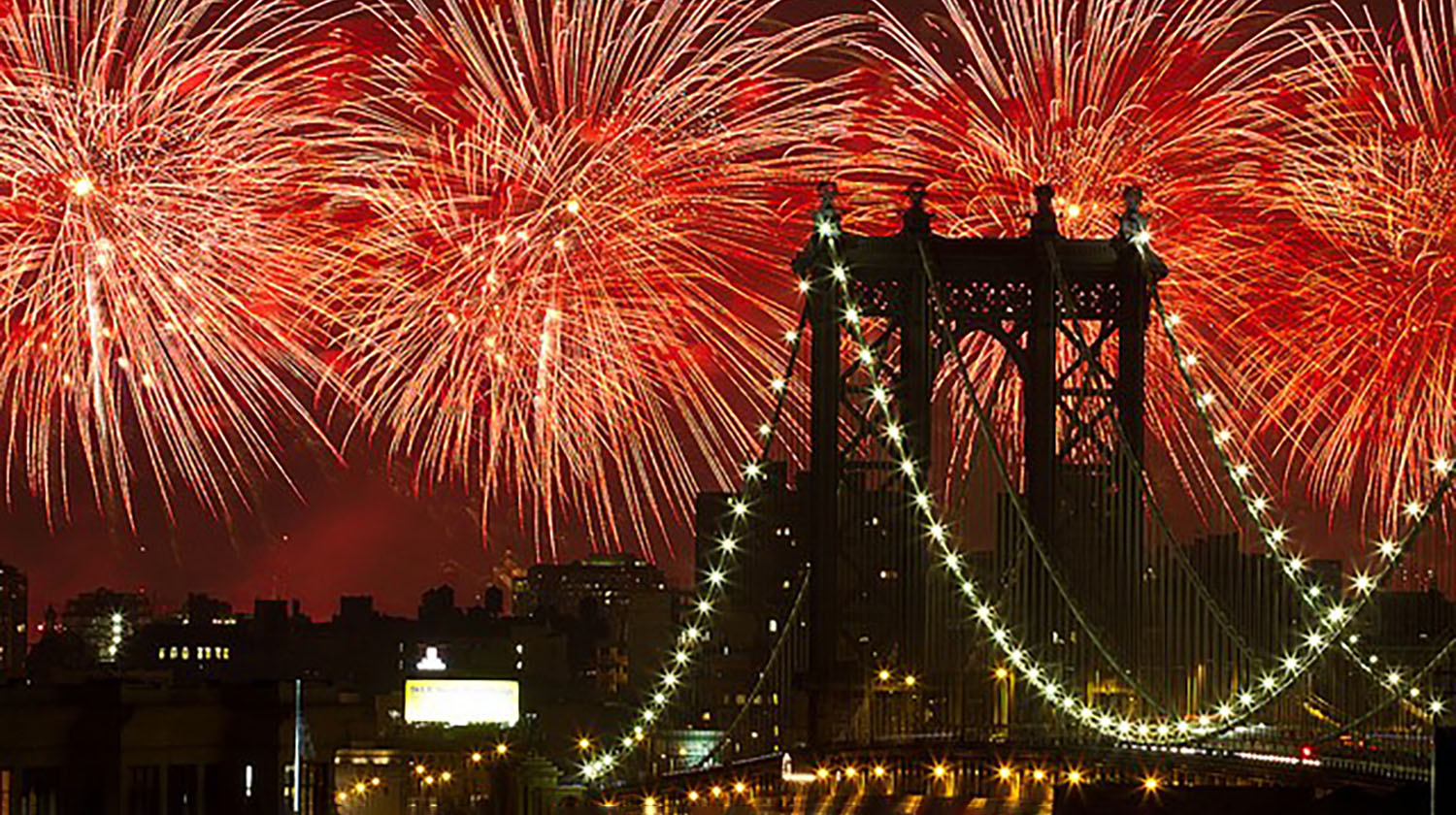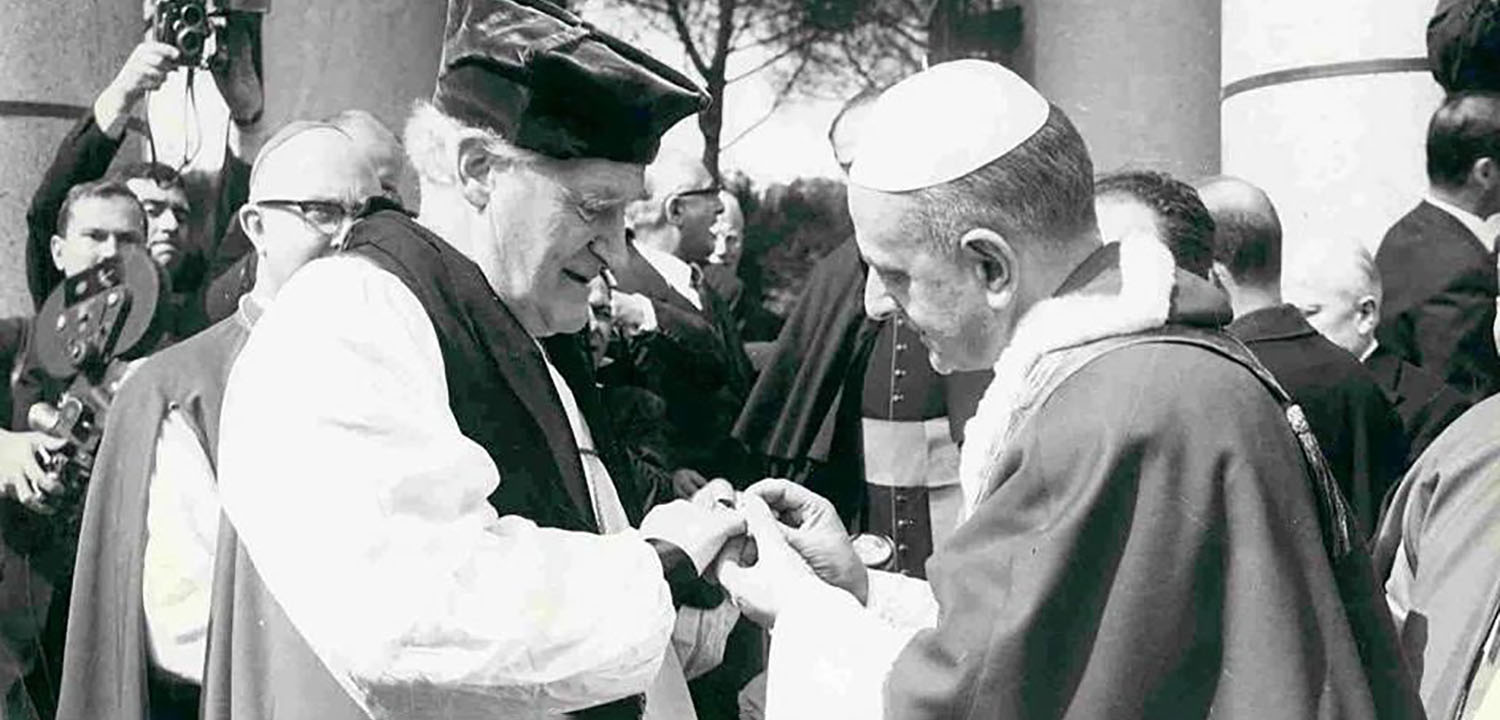
Dear Friends,
Happy 4th of July Weekend. As usual, we shall have special prayers for the nation, together with some national hymns and the national anthem on Sunday. Our National Flag is proudly flown from so many public buildings and cultural institutions here in New York, including Saint Thomas Church, as is the case all over the country. When I was in London the other week, every street was filled with Union Flags and that same kind of pride. As an interesting aside, when I was outside Buckingham Palace for the Trooping of the Color, there was great excitement when the Union Flag was lowered from the flag pole. Most of us knew what that meant – whenever the Queen is in residence somewhere, the Union Flag is not flown; instead, the Royal Standard is flown. A standard has armorial bearings that relate to the family it represents, and often contains other historical references to the past. They have been in use in England since the reign of King Edward III, and they can be quite elaborate. The Royal Household has a very large standard for special occasions, so there was a great cheer as it was hoisted up, and a large black Rolls Royce sped into the courtyard – we knew who was getting out of the car!
 Saint Thomas is, I believe, one of the few institutions in the United States to have had a warrant issued by the Earl Marshall of England to the King of Arms of the College of Arms in England for armorial bearings. We have the usual shield with two ‘supporters’ (the choirboys) and the shield is surmounted by what is called the ‘crest’ – which sits above the traditional helmet. In our case the crest consists of five trumpets. You can see the original grant of arms, crest, and supporters by letters patent with two dramatic seals, in the parish house, on the second floor landing next to the Living Room. If you examine the grant of arms, you will see our own standard – the long, tapering banner – and also our badge, consisting of a number of trumpets in a circle. Badges are heraldic devices, connected with the armorial bearings, and can be worn by people who want to be connected with the family or institution. I love our badge – it is so simple, and yet speaks powerfully of our musical tradition and the proclamation of the Gospel to all the ends of the earth. If you look in the sanctuary of the church, you will see our badge is the design for the cushions of the stools and prie-dieu.
Saint Thomas is, I believe, one of the few institutions in the United States to have had a warrant issued by the Earl Marshall of England to the King of Arms of the College of Arms in England for armorial bearings. We have the usual shield with two ‘supporters’ (the choirboys) and the shield is surmounted by what is called the ‘crest’ – which sits above the traditional helmet. In our case the crest consists of five trumpets. You can see the original grant of arms, crest, and supporters by letters patent with two dramatic seals, in the parish house, on the second floor landing next to the Living Room. If you examine the grant of arms, you will see our own standard – the long, tapering banner – and also our badge, consisting of a number of trumpets in a circle. Badges are heraldic devices, connected with the armorial bearings, and can be worn by people who want to be connected with the family or institution. I love our badge – it is so simple, and yet speaks powerfully of our musical tradition and the proclamation of the Gospel to all the ends of the earth. If you look in the sanctuary of the church, you will see our badge is the design for the cushions of the stools and prie-dieu.
It was wonderful to see that our Summer Feast Days are taking off. We had 50 people in church for the Feast of St. Peter and St. Paul and over 600 online, live or on-demand. The music by Renaissance Spanish composers was exquisite, and a good number stayed on in the Narthex for cheese, wine, and soft drinks. If you missed the service, you can still celebrate the life of Peter and Paul by following the link later in this week’s e-news. There are two Feast days close together in July – St. Mary Magdalene on Friday, July 22, and St. James the Apostle on Monday, July 25.
Our Grants Committee has recently recommended a number of grants to charities, churches, and institutions for all kind of work. Over the next few weeks, Pamela Lewis, the Chair of our Grants Committee, will share details of the recipients of our grants. We will do so in alphabetical order. The first is a small grant to support the ecumenical work of the Anglican Center in Rome. Here is some information taken from their website:
The Anglican Centre in Rome is the permanent Anglican Communion presence in Rome. It is the living reality of our Communion’s commitment to the full visible unity of the Church, working collaboratively with all Christians for justice and peace in the world. It is also the base of the Archbishop of Canterbury’s Personal Representative to the Holy See, who is also the Director of the Anglican Centre in Rome. He liaises between Pope Francis and Archbishop Welby and works with Anglican Communion and Vatican bodies on joint projects for education, ecumenism, and shared mission.
The Centre was integral to the establishment of a multi-faith anti-slavery network, working to combat human trafficking, engaging with churches and agencies in Italy. In 2015 the Centre received a Lampedusa Cross, made from a boat which sank off Lampedusa Island in the Mediterranean, which lies on the altar of our chapel reminding us of people who are displaced. The Centre works closely with the Catholic lay community, St. Egidio in Rome, who minister to the poor and disadvantaged, and is helping facilitate a similar mission in England. The Centre seeks to bring down barriers of misunderstanding between Anglicans and Catholics; hosting scholars, art exhibitions, specialized courses, creating a space for hospitality and encounter. We also encourage choirs from around the Anglican Communion to come to Rome to celebrate the Anglican choral tradition in the Eternal City.
Fifty Years and More of Service and Witness
The Anglican Centre in Rome was founded in 1966 following the historic meeting between Pope Paul VI and Archbishop Michael Ramsey. Famously, as they parted, the Pope took off his Episcopal ring and placed it on the ring finger of the Archbishop. This gesture symbolized the friendship between the two Christian leaders and the hope they cherished that this same love would also come to transform the relationship between their churches. The Anglican Centre was to play a fundamental part in this transformation.
The Centre was charged with developing a new relationship of friendship and deeper understanding between the Anglican Communion and the Roman Catholic Church, focusing on three main areas; areas which have continued to develop and flourish to this day.
Happy 4th of July Weekend!
Carl,
Your Priest and Pastor




